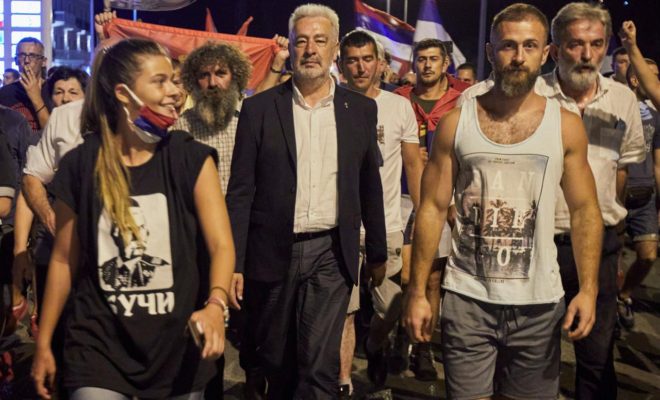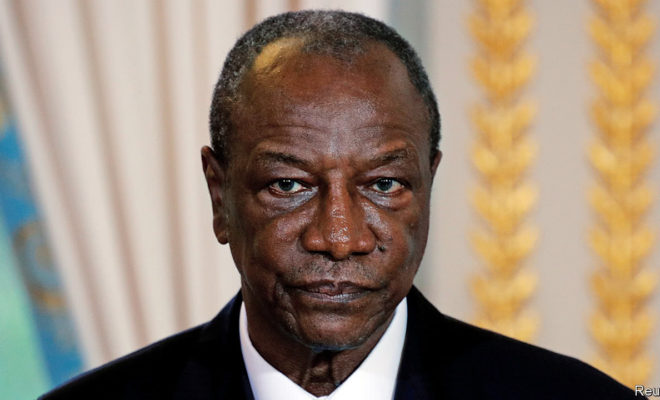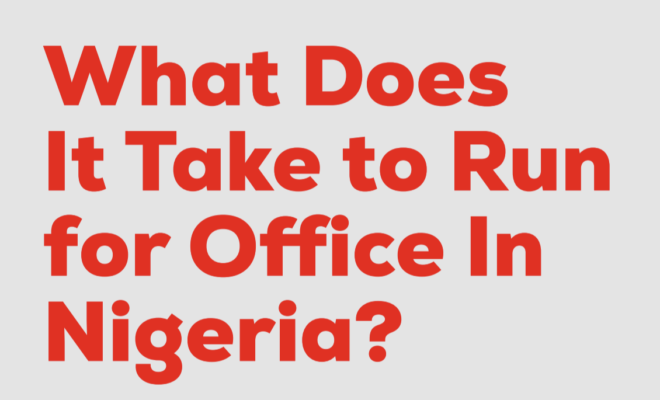Montenegro held its 11th parliamentary election on August 30, 2020, to vote 81 members of parliament for the West Balkan nation. This could be the first democratic change in power for Montenegro as early results show the main opposition party, For The Future of Montenegro, running neck to the neck with the ruling Democratic Party of Socialists (DPS).
41 out of 81
Neither of the two major parties secured the necessary simple majority of 41 deputies in the 81-seat parliament to govern the majority in parliament. What is likely to happen is that both parties will form coalitions with smaller opposition parties in the country, but the stakes remain high for the opposition party who are most likely to form a new government.
The leader of the For the Future of Montenegro coalition, Zdravko Krivokapić, has already gone ahead of the official announcement of results to claim victory at the polls.
“People of Montenegro, freedom has happened!” Krivokapic said. “Good things come to those who wait. After 31 years of absolute power, this had to happen.” The state election commission is expected to announce the results of Sunday’s parliamentary elections in the coming days.
Politics in Montenegro
The country has had a tense political climate since parliamentary elections held in 2016 and the opposition started a collective boycott of all parliamentary sittings. By January 2017, 39 out of 81 members of parliament were consecutively boycotting sittings. In February 2019, anti-corruption protests against the DPS-led government erupted and protest organizers asked for a boycott of the August 30 elections. Despite this boycott move, this was one of the biggest ever voter turnouts in the Montenegrin state, 77%.
Montenegro has not seen a change of power in 31 years, since the one-party Communist rule ended. The incumbent Milo Djukanović won his eighth term as President in 2018.


